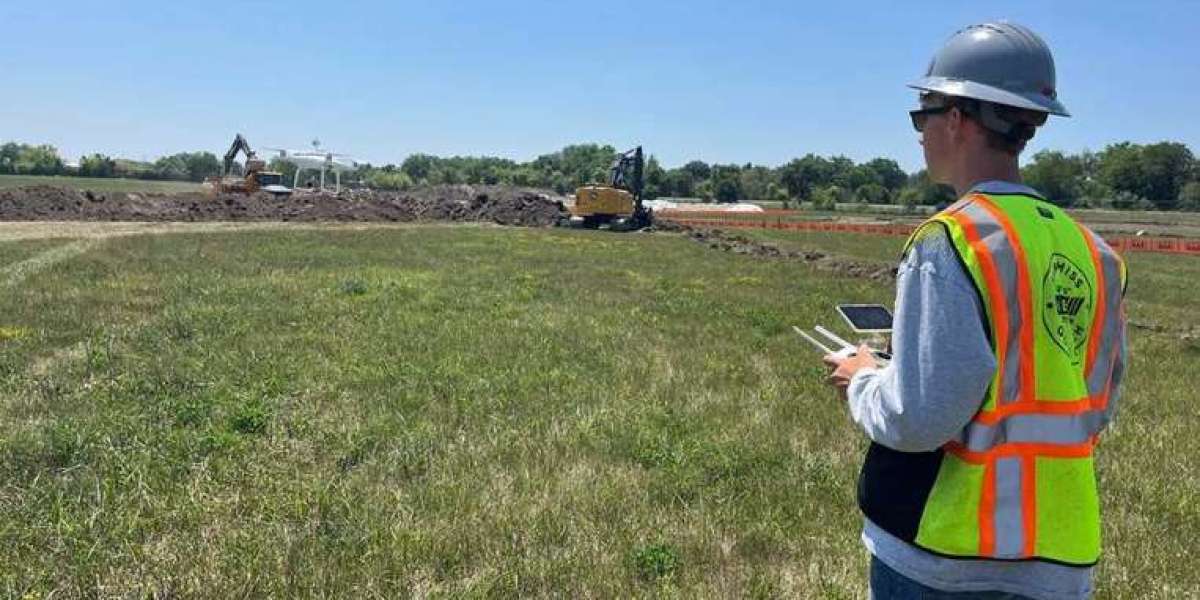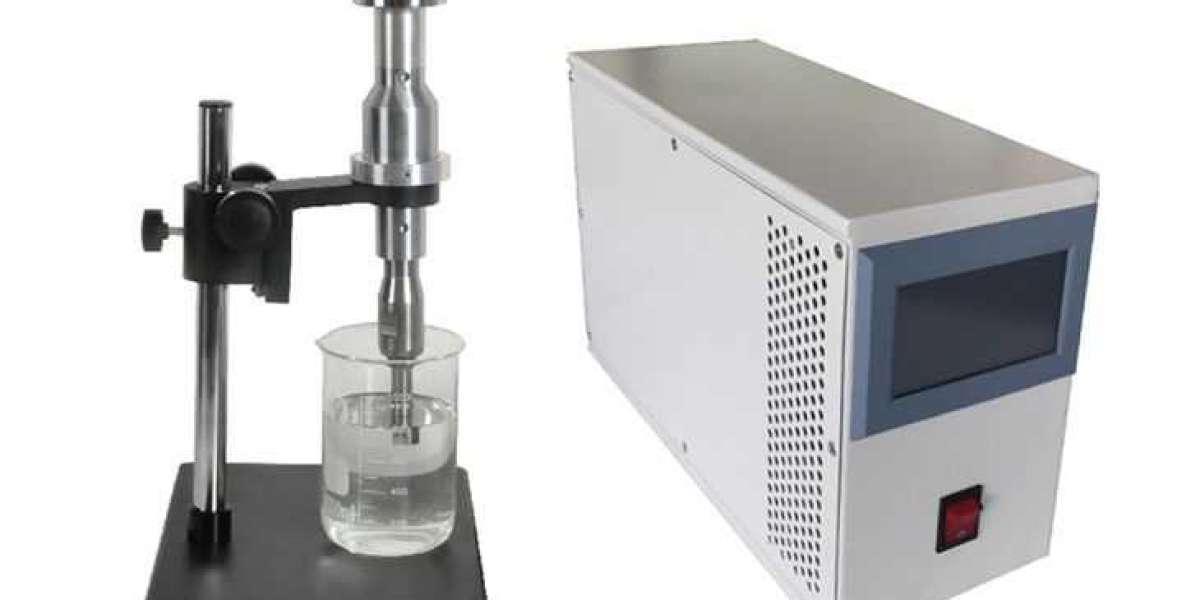A Phase 1 Environmental Site Assessment Oakland is a critical process for identifying potential environmental risks on a property, commonly conducted before buying, selling, or developing land. The assessment helps determine whether the land has any history of contamination or hazardous materials that could affect its use or value. A Phase 1 ESA is typically required by lending institutions, investors, and developers to ensure compliance with environmental laws and avoid future liability.
Here’s a comprehensive look at what a Phase 1 ESA is, why it’s essential, and what it involves.
What is a Phase 1 Environmental Site Assessment?
A Phase 1 ESA is a systematic review of a property to assess whether any environmental hazards exist. The goal is to identify if there has been any past use of hazardous substances or activities that may have led to contamination. The assessment is typically conducted by an environmental professional, often a certified environmental consultant or engineer, who follows established guidelines such as the American Society for Testing and Materials (ASTM) E1527-21 standard.
The assessment does not involve testing or sampling of soil, water, or air. Instead, it relies on existing records, interviews, and observations to assess the likelihood of contamination. If contamination is suspected, further investigation (such as Phase 2 ESA) may be required.
Why is a Phase 1 ESA Important?
Environmental Liability Protection: If contamination is discovered after a property transaction, the buyer may be held liable for the cleanup costs, which can be expensive and time-consuming. A Phase 1 ESA helps buyers and lenders avoid these unforeseen risks by identifying potential issues upfront.
Due Diligence for Property Transactions: Buyers and investors use a Phase 1 ESA as part of their due diligence when evaluating the environmental risks of a property. This is essential for making informed decisions and negotiating better terms in a deal.
Compliance with Regulatory Requirements: For properties with a history of industrial activity or heavy use, a Phase 1 ESA can be required by regulatory authorities to ensure compliance with environmental laws such as the Comprehensive Environmental Response, Compensation, and Liability Act (CERCLA).
Peace of Mind: By conducting a Phase 1 ESA, buyers and stakeholders can move forward with confidence, knowing that the property is not likely to pose environmental hazards that could affect their investment or health.
Key Components of a Phase 1 ESA
The process for completing a Phase 1 ESA involves several key steps:
Site Inspection: An on-site visit is essential to assess the current conditions of the property. During this visit, the environmental consultant will look for visual clues of potential contamination, such as:
- Stains, chemicals, or unusual odors
- Unused or buried tanks
- Signs of spills or improper disposal of waste
Historical Research: The consultant will research the historical use of the site and its surroundings. This includes reviewing:
- Historical maps, property records, and aerial photographs
- Previous land use and industrial activities
- Records of nearby properties that might have contributed to contamination
Interviews and Surveys: The consultant will conduct interviews with current and past property owners, employees, and neighbors to gather firsthand accounts of how the property was used and whether hazardous materials were involved.
Regulatory Database Search: A search of local, state, and federal environmental records will be conducted to identify whether the property is listed on environmental databases (e.g., the EPA’s Superfund List or local hazardous waste sites).
Report Preparation: After completing the assessment, the environmental professional will compile the findings into a detailed report. This report will outline potential environmental concerns, provide recommendations for further investigation if necessary, and conclude whether the property poses a significant risk of contamination.
What Happens After the Phase 1 ESA?
If the Phase 1 ESA identifies possible environmental concerns, a Phase 2 ESA may be required. A Phase 2 ESA involves more detailed testing and sampling of soil, groundwater, and building materials to confirm the presence of contaminants and assess the extent of contamination.
If no issues are found during the Phase 1 assessment, the property can proceed to the next steps in the transaction or development process.
Conclusion
A Phase 1 Environmental Site Assessment is a critical due diligence tool for assessing potential environmental risks associated with a property. By conducting this assessment, buyers, sellers, and investors can ensure they make informed decisions, avoid liability for contamination, and comply with environmental laws. While the process itself is non-invasive, the information gathered can have a lasting impact on a property's value and future usability. Whether you're acquiring an industrial site, residential property, or vacant land, a Phase 1 ESA is a smart investment in the long-term success and safety of the project.








